Spreading the Message of Renewable Energy for a Better and Greener World: 5 Lucrative Opportunities for Investors
Introduction:
In an era marked by increasing environmental concerns and the urgent need for sustainable solutions,
The promotion of renewable energy stands out as a beacon of hope for a better and greener world.
As the global community grapples with the challenges posed by climate change, it becomes imperative to spread the message of renewable energy.
Emphasizing its potential to transform our planet and ensure a more sustainable future.
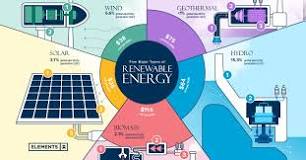
The Urgency of Renewable Energy:
The use of fossil fuels has long been the primary driver of environmental degradation, contributing significantly to greenhouse gas emissions and climate change.
The urgency to transition to renewable energy sources, such as solar, wind, hydro, and geothermal power, cannot be overstated.
Unlike finite fossil fuels, renewable energy is sustainable, abundant, and has the potential to meet our energy needs without compromising the health of the planet.
Economic and Social Benefits:
Beyond its environmental advantages, the adoption of renewable energy brings about substantial economic and social benefits.
The renewable energy sector has witnessed remarkable growth, creating new job opportunities and driving innovation.
Investing in clean energy technologies not only mitigates the impact of climate change but also fosters economic development and social well-being.
Empowering Communities:
One of the key messages to convey is the empowering nature of renewable energy, especially for communities in remote or underdeveloped regions.
Solar panels, wind turbines, and other renewable technologies offer decentralized energy solutions, reducing dependence on centralized power grids.
This empowers communities to take control of their energy production, ensuring access to reliable and sustainable power sources.
Educating the Masses:
Spreading the message of renewable energy necessitates a comprehensive and accessible educational approach.
Awareness campaigns, workshops, and educational programs can play a crucial role in informing the public about the benefits of renewable energy.
Dispelling myths, and inspiring individuals to make sustainable choices in their daily lives.
Government and Corporate Leadership:
To accelerate the transition to renewable energy, government policies and corporate initiatives are instrumental.
Advocacy for supportive policies, incentives for renewable energy projects, and commitments to carbon neutrality by businesses are crucial components of spreading the message.
Leadership at these levels sends a powerful signal that a sustainable and green future is not only desirable but achievable.
Global Collaboration:
The challenge of transitioning to renewable energy is a global one, requiring collaboration on an international scale.
Sharing knowledge, technology, and resources can accelerate the adoption of renewable energy solutions worldwide.
By fostering a sense of global responsibility, we can work together to address climate change and create a sustainable future for generations to come.
Spreading the message of renewable energy is more than a call to action; it is a commitment to creating a better and greener world.
By raising awareness, advocating for policies, and fostering global collaboration, we can ensure that renewable energy becomes the cornerstone of a sustainable future.
Together, let us inspire change and pave the way for a world where clean, renewable energy powers our progress and preserves the planet for future generations.
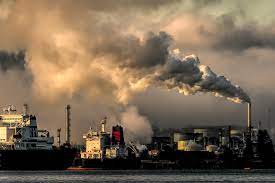
5 Sources of Renewable Energy
- Solar Energy:
- Description: Solar energy is harnessed from the sun’s rays using photovoltaic cells or solar panels. These panels convert sunlight into electricity, providing a clean and abundant source of renewable energy.
- Advantages: Solar energy is sustainable, environmentally friendly, and versatile. It can be harnessed in various scales, from small residential installations to large-scale solar farms.
- Wind Energy:
- Description: Wind energy is generated by harnessing the kinetic energy of moving air using wind turbines. As the blades spin, they turn a generator, producing electricity.
- Advantages: Wind energy is a cost-effective and scalable renewable resource. It has a minimal environmental impact compared to traditional fossil fuels and can be particularly effective in windy regions.
- Hydropower:
- Description: Hydropower, or hydroelectric power, is generated by harnessing the energy of flowing or falling water. Dams or other water diversion structures are used to control the water flow and generate electricity.
- Advantages: Hydropower is a reliable and mature technology with a long history of use. It produces electricity without emitting greenhouse gases and can provide a steady power supply.
- Geothermal Energy:
- Description: Geothermal energy is derived from the Earth’s internal heat. It involves tapping into hot water reservoirs or using the Earth’s natural heat close to the surface to produce steam, which is then used to generate electricity.
- Advantages: Geothermal energy is a constant and reliable source of power. It produces minimal greenhouse gas emissions and has a small environmental footprint compared to some other energy sources.
- Biomass Energy:
- Description: Biomass energy is produced from organic materials, such as wood, crop waste, and other plant or animal matter. These materials can be burned directly for heat or converted into biofuels like ethanol and biodiesel.
- Advantages: Biomass is a renewable and versatile energy source. It can be used for heating, electricity generation, and as biofuels for transportation. When managed sustainably, biomass can be carbon-neutral, contributing to a reduction in greenhouse gas emissions.
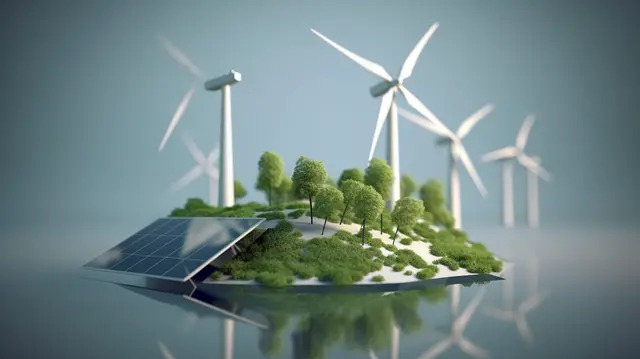
These five sources of renewable energy showcase the diversity of options available for generating clean and sustainable power.
Combining these resources in an integrated and balanced energy mix can contribute significantly to reducing our reliance on fossil fuels and mitigating the impacts of climate change.

Immediate and Long-Term Dangers of Ignoring the Message of Renewable Energy
Immediate Dangers:
- Climate Change Impact:
- Immediate Consequence: Continued reliance on non-renewable energy sources contributes to the release of greenhouse gases, leading to rapid climate change.
- Impact: More frequent and severe weather events, such as hurricanes, droughts, floods, and heatwaves, can result in immediate damage to ecosystems, infrastructure, and human lives.
- Air and Water Pollution:
- Immediate Consequence: The burning of fossil fuels for energy production releases pollutants into the air and water.
- Impact: Increased air pollution can lead to respiratory problems and other health issues, while water pollution can harm aquatic ecosystems and compromise the safety of drinking water sources.
- Resource Depletion:
- Immediate Consequence: Non-renewable energy sources, like coal and natural gas, are finite and depletable resources.
- Impact: Immediate risks include resource shortages and price volatility, potentially leading to energy crises and geopolitical conflicts over scarce resources.
- Energy Insecurity:
- Immediate Consequence: Dependence on a limited number of energy sources, often controlled by a few nations, poses immediate risks to energy security.
- Impact: Disruptions in energy supplies due to geopolitical conflicts or natural disasters can lead to energy shortages, affecting industries, economies, and daily life.
Long-Term Dangers:
- Irreversible Environmental Damage:
- Long-Term Consequence: Continued reliance on non-renewable sources can result in irreversible damage to ecosystems and biodiversity.
- Impact: Loss of habitats, extinction of species, and degradation of ecosystems can have profound and lasting impacts on the planet’s health and resilience.
- Economic Instability:
- Long-Term Consequence: Overdependence on non-renewable resources can lead to economic instability.
- Impact: Fluctuating energy prices, reliance on finite resources, and vulnerability to geopolitical events can contribute to economic downturns and global economic instability.
- Health Risks:
- Long-Term Consequence: Prolonged exposure to pollutants from non-renewable energy sources can have severe health consequences.
- Impact: Increased rates of respiratory diseases, cardiovascular problems, and other health issues can emerge, leading to a significant burden on healthcare systems.
- Social Inequity:
- Long-Term Consequence: Unequal access to energy resources can exacerbate social disparities.
- Impact: Communities without access to clean and sustainable energy may face economic and educational challenges, widening the gap between the privileged and the disadvantaged.
- Global Conflict:
- Long-Term Consequence: Competition for dwindling non-renewable resources can lead to geopolitical tensions and conflicts.
- Impact: Struggles over access to fossil fuels and the geopolitical implications of energy dependence can contribute to international conflicts, threatening global peace and stability.
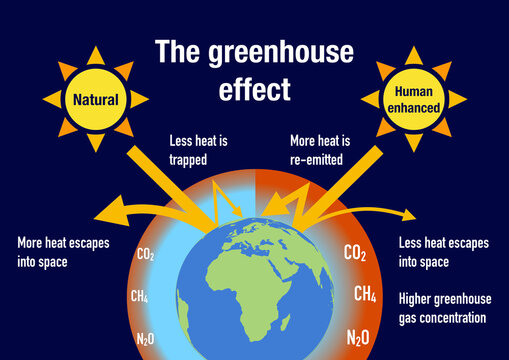
In conclusion, ignoring the message of renewable energy not only poses immediate risks to the environment and human health.
But also sets the stage for long-term challenges that can have far-reaching consequences for the planet and its inhabitants.
Embracing renewable energy is not just an environmental imperative; it is essential for building a sustainable, resilient, and equitable future.
5 Lucrative Opportunities For Investors
Investing in renewable energy not only contributes to a sustainable future but also offers lucrative opportunities for investors.
Here are five ways investors can benefit from investing in renewable energy:

- Stable and Predictable Returns:
- Description: Renewable energy projects, such as solar and wind farms, often involve long-term contracts with predictable cash flows. These contracts, known as power purchase agreements (PPAs), provide a stable and consistent revenue stream for investors.
- Benefits: Investors can enjoy steady returns, making renewable energy projects an attractive option for those seeking reliable income over the long term.
- Government Incentives and Subsidies:
- Description: Many governments worldwide offer incentives and subsidies to promote the adoption of renewable energy. These can include tax credits, grants, and other financial support mechanisms.
- Benefits: Investors can take advantage of these incentives to enhance project economics, improve profitability, and reduce overall investment risk.
- Portfolio Diversification:
- Description: Investing in renewable energy provides an opportunity to diversify investment portfolios. This sector often behaves independently of traditional financial markets, offering a hedge against market volatility.
- Benefits: Portfolio diversification helps mitigate risks associated with economic downturns, providing investors with a more resilient and balanced investment strategy.
- Technological Advancements and Innovation:
- Description: The renewable energy sector is marked by continuous technological advancements and innovations. Investing in cutting-edge technologies and companies at the forefront of innovation can lead to significant financial gains.
- Benefits: Investors who identify and support emerging technologies within the renewable energy space stand to benefit from potential capital appreciation as these technologies mature and gain widespread adoption.
- Growing Demand and Market Opportunities:
- Description: As global awareness of climate change and environmental sustainability increases, there is a growing demand for clean and green energy solutions. This demand is driving market opportunities across various segments of the renewable energy sector.
- Benefits: Investors can capitalize on the expanding market by strategically investing in projects and companies that address the growing demand for renewable energy, potentially reaping substantial returns as the industry continues to thrive.
- Economic and Social Impact:
- Description: Investing in renewable energy contributes to positive economic and social impacts. Renewable projects often create jobs, stimulate local economies, and foster sustainable development.
- Benefits: Investors can align their financial goals with positive environmental and social outcomes, enhancing their overall investment strategy and contributing to a more sustainable and equitable world.

In summary, investing in renewable energy offers a range of financial benefits, including stable returns, government incentives, portfolio diversification, opportunities for technological innovation, and participation in a rapidly growing market.
Beyond financial gains, investors can also play a role in driving positive environmental and social change.
Making renewable energy a compelling and multifaceted investment opportunity.
5 Major Organizations and NGOs Dedicated to the Promotion of Renewable Energy
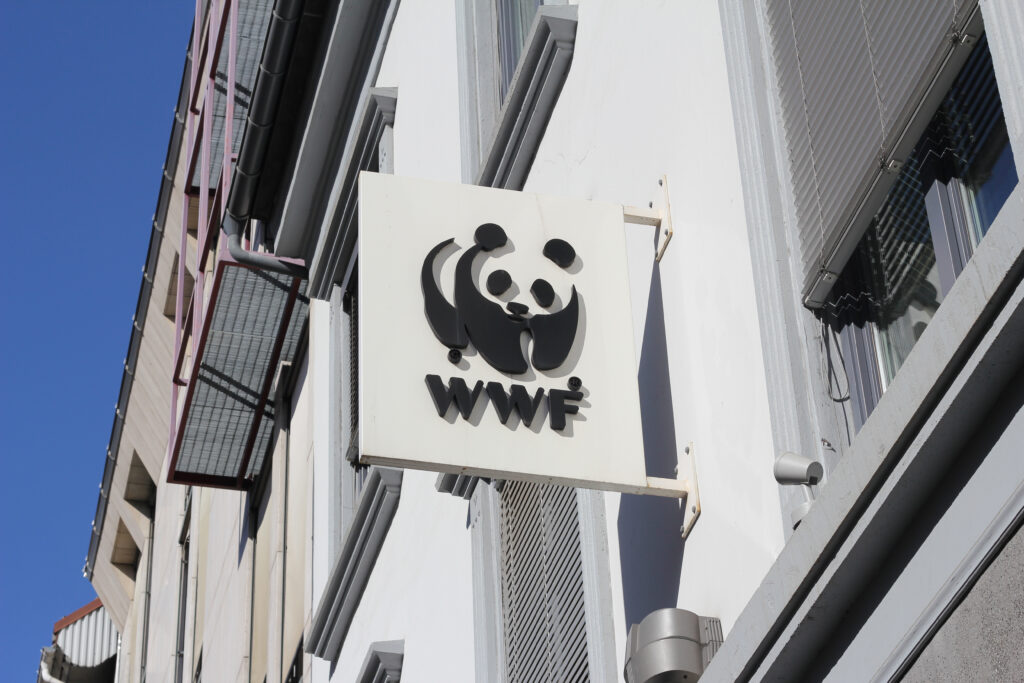
Several organizations and non-governmental organizations (NGOs) are dedicated to the promotion of renewable energy.
Advocating for sustainable practices and fostering the transition to cleaner energy sources.
Here are five major organizations and NGOs actively involved in advancing the cause of renewable energy:
- World Wide Fund for Nature (WWF):
- Mission: WWF is a global conservation organization that focuses on promoting a living planet by addressing environmental challenges, including the transition to renewable energy.
- Role in Renewable Energy: WWF works to promote policies and initiatives that support the adoption of renewable energy technologies worldwide. They engage with governments, businesses, and communities to drive the transition towards a sustainable energy future.
- Greenpeace:
- Mission: Greenpeace is an international environmental organization that campaigns for solutions to global environmental problems.
- Role in Renewable Energy: Greenpeace actively advocates for a shift from fossil fuels to renewable energy sources. They engage in campaigns to promote solar and wind power, oppose destructive energy practices, and push for policies that prioritize clean energy.
- Renewable Energy Policy Network for the 21st Century (REN21):
- Mission: REN21 is a global network that provides a platform for the exchange of ideas and information on renewable energy policies.
- Role in Renewable Energy: REN21 produces annual reports on the status of renewable energy globally, providing insights into policy developments and promoting the adoption of effective policies to accelerate the transition to renewable energy.
- SolarAid:
- Mission: SolarAid is a non-profit organization with a mission to combat poverty and climate change through the provision of solar lights in off-grid communities.
- Role in Renewable Energy: SolarAid focuses on distributing solar lights in regions without access to electricity, improving livelihoods and reducing dependence on traditional, often harmful, lighting sources.
- The International Renewable Energy Agency (IRENA):
- Mission: IRENA is an intergovernmental organization that supports countries in their transition to a sustainable energy future.
- Role in Renewable Energy: IRENA facilitates collaboration among governments, industry, and stakeholders to promote the widespread adoption of renewable energy. They provide policy advice, share knowledge, and work towards creating an enabling environment for renewable energy deployment globally.

These organizations play vital roles in advocacy, policy development, and on-the-ground implementation of renewable energy solutions.
Their efforts contribute significantly to raising awareness, shaping policies, and driving the global transition towards a more sustainable and renewable energy future.
The imperative to spread the message of renewable energy for a better and greener world resonates as a call to action echoing through the corridors of time.
As our planet grapples with the consequences of unsustainable practices, the need to embrace renewable energy stands out as a beacon of hope.
Guiding us towards a future where environmental harmony and human progress coexist.
The journey towards a sustainable future is not merely a scientific or technological endeavor;
It is a collective human responsibility that transcends borders, cultures, and generations.
The significance of this message reverberates across the intricate web of our global ecosystem.
Reminding us that the choices we make today shape the destiny of tomorrow.
The hallmarks of renewable energy — be it the silent hum of wind turbines, the gleaming expanse of solar panels, or the rhythmic flow of water powering hydroelectric plants — signify more than just a transition in our energy sources.
They represent a paradigm shift, a commitment to break free from the shackles of fossil fuel dependency and forge a new path towards sustainability.
As we disseminate this message, let it be a clarion call to policymakers, industry leaders, communities, and individuals alike.
Let it be a reminder that our decisions today echo in the winds of tomorrow. Governments must enact supportive policies.
Businesses must invest in innovation, and communities must champion local initiatives.
The individual, too, wields extraordinary power — the power to make conscientious choices, to advocate for change, and to inspire others through collective action.
The financial incentives for investing in renewable energy are not just monetary gains but a testament to the viability and prosperity that lies within sustainable practices.
The stability of returns, the allure of innovation, and the diversification of portfolios beckon investors to recognize the potential in clean energy endeavors.
The convergence of economic interests with environmental stewardship heralds a future where profit and sustainability are not mutually exclusive, but are intertwined elements of a thriving global ecosystem.
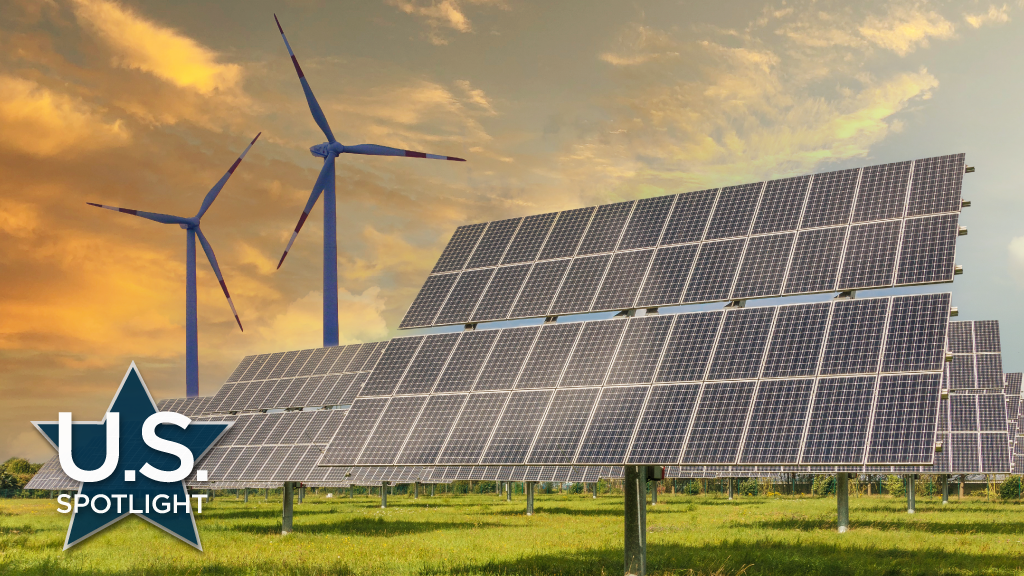
CONCLUSION
In the grand tapestry of human history, the narrative of renewable energy is an evolving epic.
It is a narrative that challenges us to redefine progress, to acknowledge the interconnectedness of all life on Earth, and to honor our responsibility as custodians of this magnificent planet.
It is a narrative that beckons us to weave a story of resilience, of innovation, and of collective determination in the face of unprecedented environmental challenges.
As we embark on this journey towards a better and greener world, let the message of renewable energy be more than words on a page — let it be a catalyst for transformation.
Let it inspire a ripple effect that transcends boundaries, sparking conversations in classrooms, boardrooms, and households.
Let it be a catalyst for change, igniting the flame of environmental consciousness in the hearts and minds of individuals around the globe.
In the end, the message of renewable energy is not just about harnessing the power of the sun, wind, or water;
It is about harnessing the power within each one of us to shape a future where the legacy we leave behind is one of sustainability.
Balance, and reverence for the delicate tapestry of life that envelops our planet. Together, let us amplify this message.
For in its resonance lies the promise of a brighter, greener, and more harmonious world for generations yet unborn.




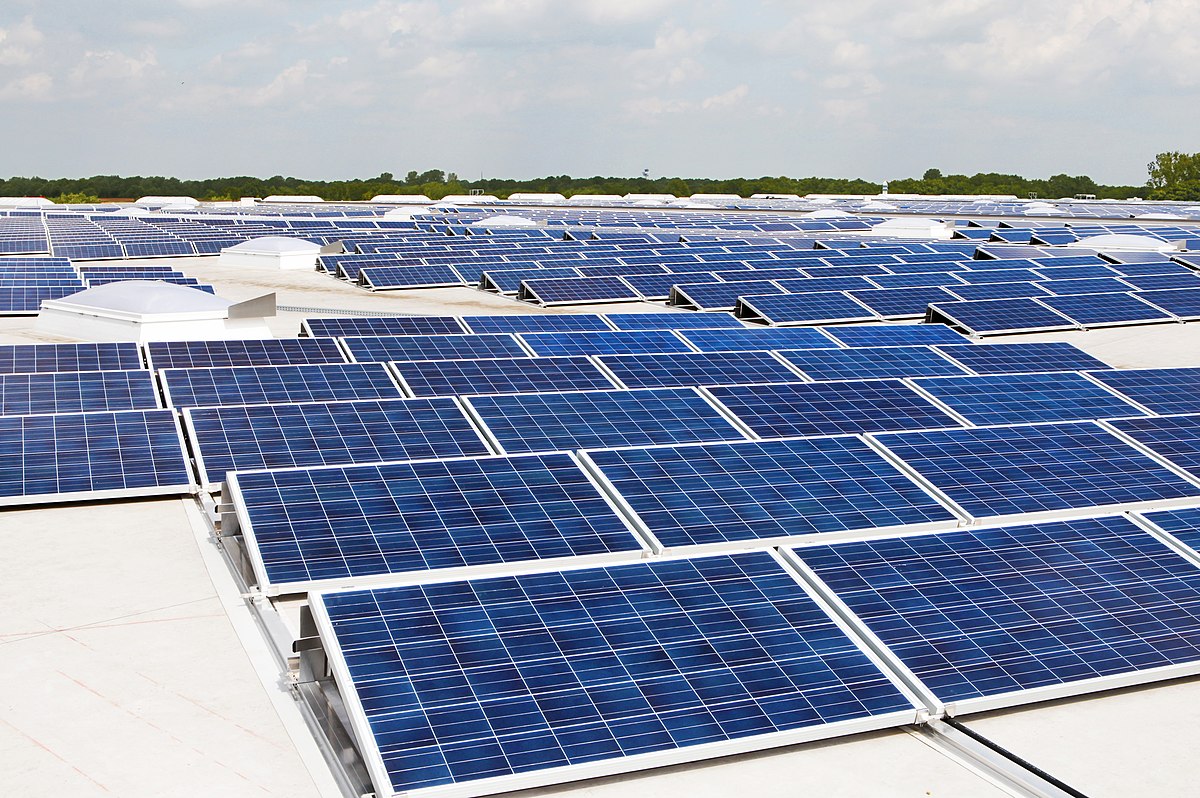
Leave a Reply